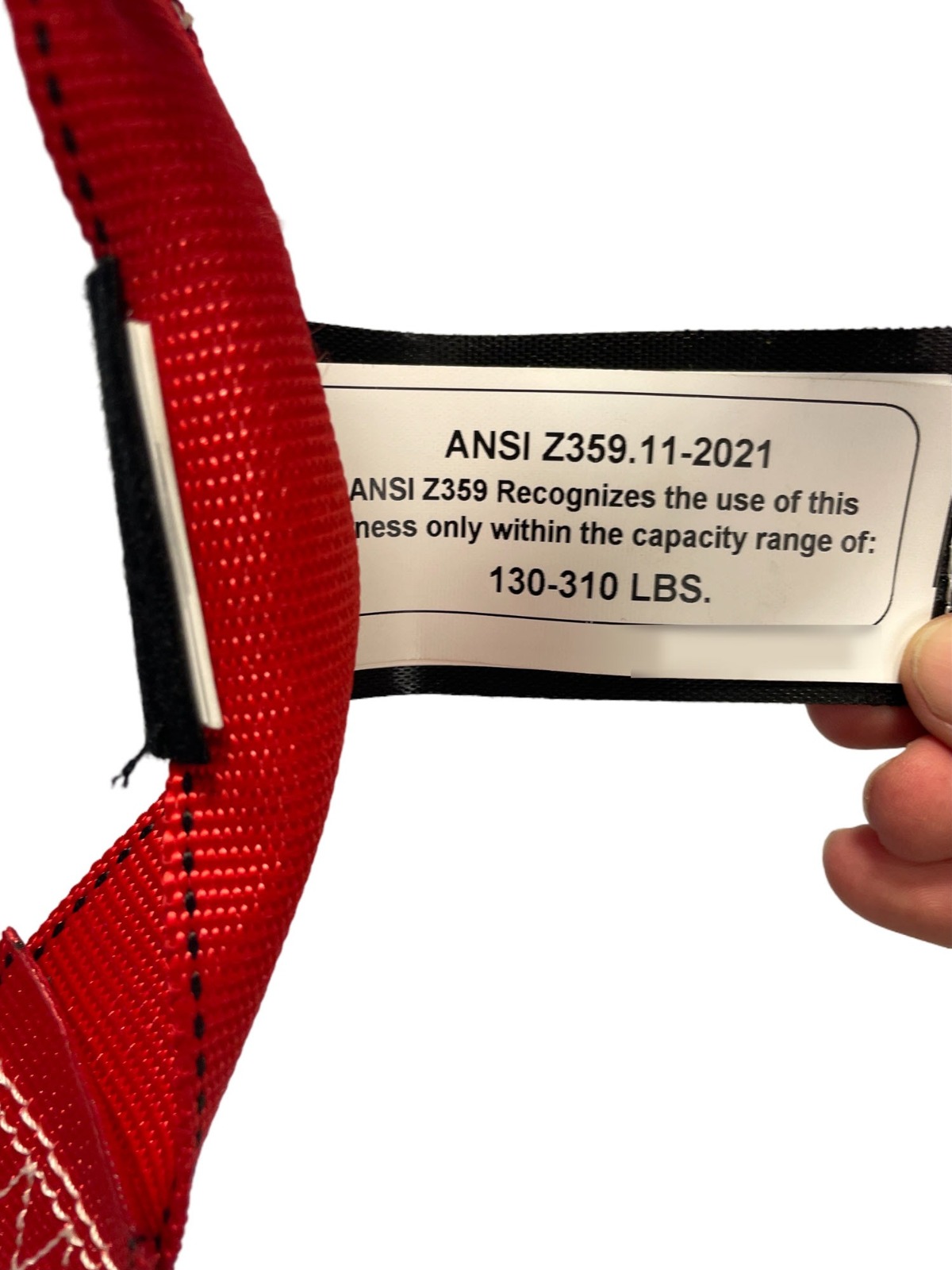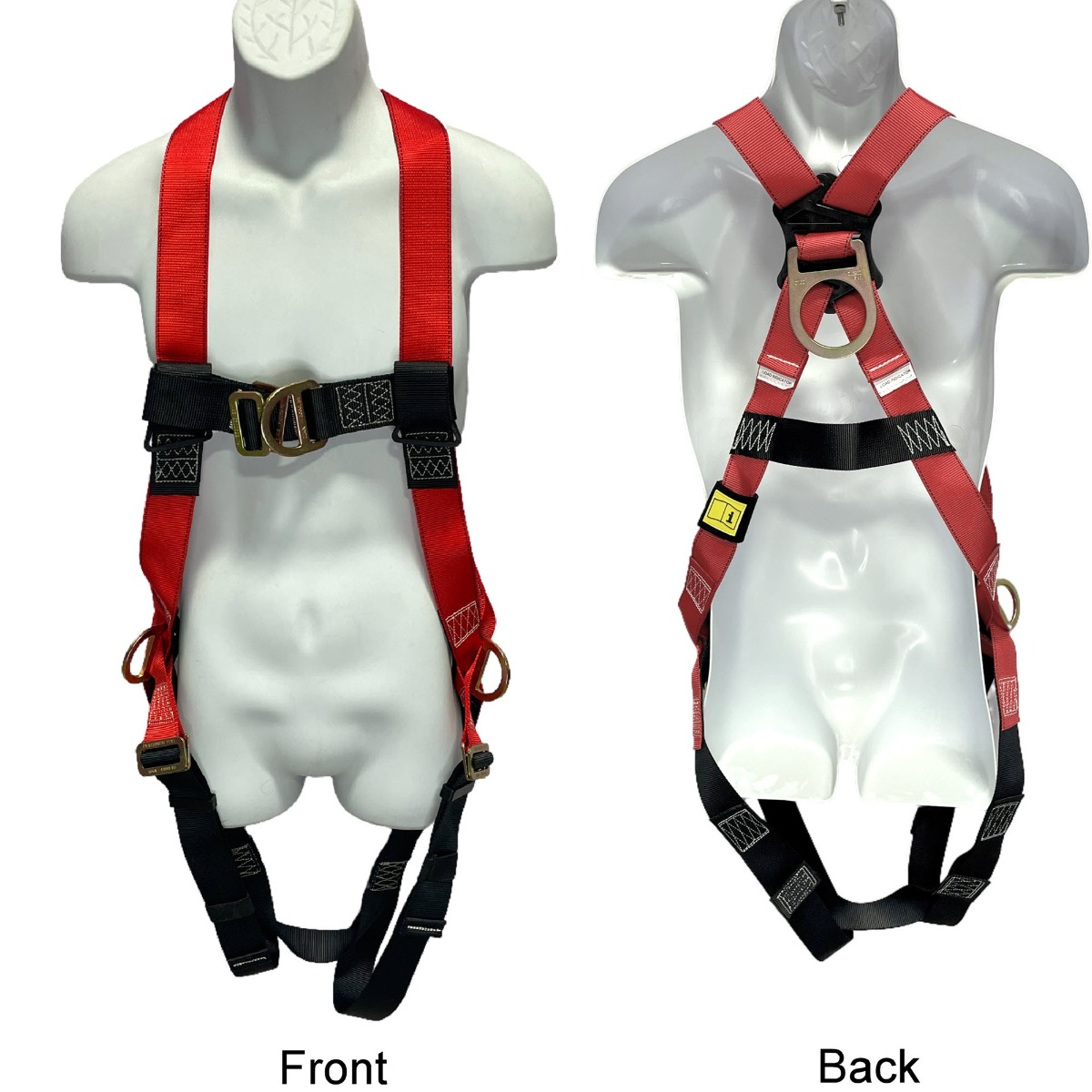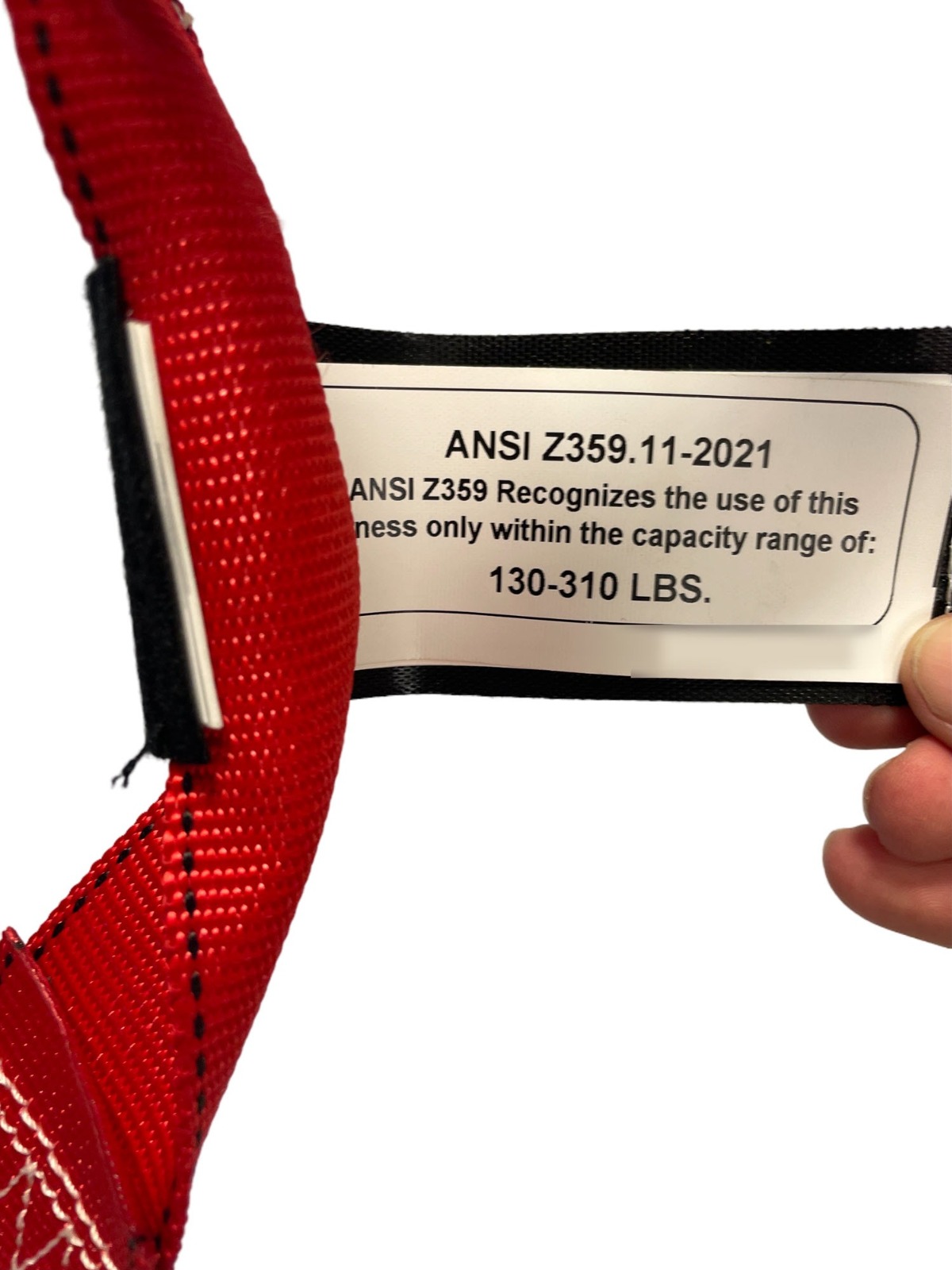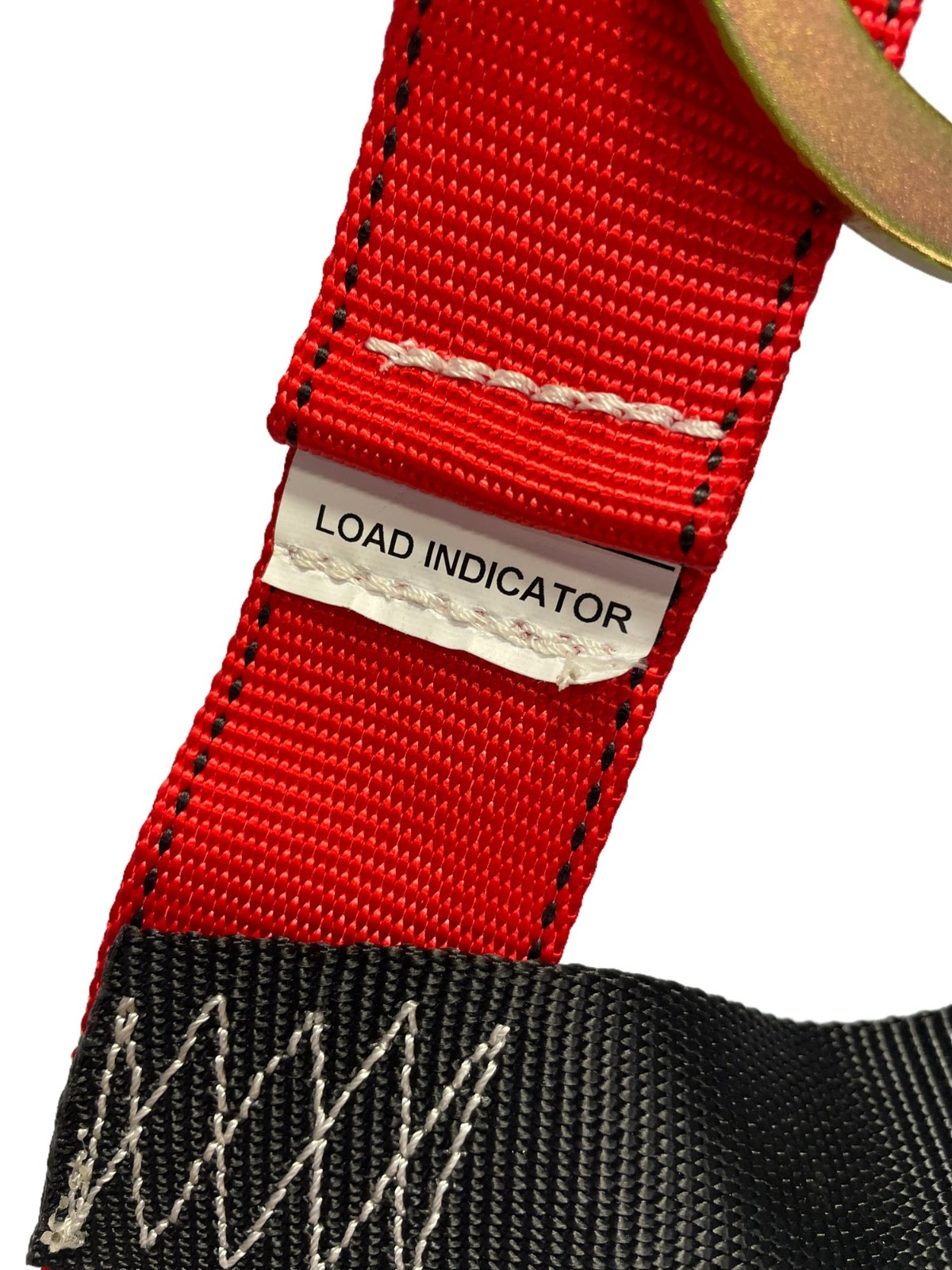ProTool Safety Harness - Part of a Safety Plan
The ProTool Harness for Exterior Cleaning Professionals
In the world of exterior cleaning, professionals regularly
confront the challenge of working at heights. This high-risk environment
demands not only skill and precision but also an uncompromising approach to
safety. That's where the ProTool Harness, becomes an essential part of a
professional's toolkit.
Let's explore how this harness, with its unique features,
aligns with OSHA CFR 1910 Subpart D for Walking-Working Surfaces & Fall
Protection, making it an indispensable asset for exterior cleaning experts.
Unmatched Versatility
The ProTool Harness offers versatility. Equipped with front,
back, and side D-rings, it offers comprehensive fall protection. Whether
scaling the side of a building or working on challenging rooftop projects, this
harness provides secure attachment points for a variety of tasks. Its
adaptability makes it ideal for various fall protection applications, including
suspension, positioning, and restraint – a crucial feature for the
unpredictable nature of exterior cleaning work.
Designed for Durability and Comfort
When working at heights, comfort is just as important as
safety. The ProTool Harness addresses this with its durable polyester
construction and specially designed leg straps. This combination ensures not
only a long lifespan for the harness but also minimizes discomfort during
extended use. The ergonomic design and adjustable straps further enhance the
fit, reducing fatigue and boosting productivity. Equipped with Dorsal, Sternal,
and side D-Rings it is designed for a variety of applications from fall
arrest, to positioning and restraint.
Easy Adjustability for a Perfect Fit
The ProTool Harness is adjustable to the diverse body types
in the workforce, it's engineered to be easily configured, catering to
individuals ranging from 130 to 310 lbs. This feature is critical in ensuring
that each worker can comfortably wear the harness while maintaining the proper
alignment of D-rings for effective fall protection.
Adherence to Safety Standards
In the realm of professional exterior cleaning, compliance
with safety standards isn't just a preference – it's a necessity. The ProTool
Harness meets or exceeds the stringent requirements of ANSI/ASSP Z359.11-2021
and OSHA regulations. This compliance provides employers and workers alike with
the confidence that they are using equipment that not only reduces the risk of
accidents but also aligns with regulatory expectations.
The ProTool Harness: A Symbol of Safety and Reliability
For exterior cleaning professionals, the ProTool Harness is more than just equipment – it's a symbol of commitment to safety and professionalism. It represents a proactive approach to mitigating the risks inherent in working at height.
In summary, the ProTool Harness is an essential component for any exterior cleaning professional. It's a testament to the industry's commitment to safety, ensuring that every job at height is performed with the utmost security and efficiency. In a field where the risks are high, the ProTool Harness stands as a reliable partner, keeping professionals securely
OSHA Regulations
In OSHA's CFR 1910 Subpart D, which addresses
Walking-Working Surfaces and Fall Protection, there are key distinctions
between fall arrest systems and fall restraint systems. Understanding these
differences is crucial for implementing the appropriate safety measures in
various work environments.
System Criteria and Practices (§1910.140):
Harness Design: Full-body harnesses must be used.
They should be designed and constructed to distribute fall arrest forces over
at least the thighs, pelvis, waist, chest, and shoulders, with a means to
connect to other components of a personal fall arrest system.
Connection Points: The attachment point of the
harness for a personal fall arrest system should be located in the center of
the wearer's back near the shoulder level, or above the head for free fall
distances greater than 6 feet.
Inspection and Maintenance (§1910.140):
Regular Inspection: Fall protection equipment,
including harnesses, must be inspected regularly for wear, damage, and other
deterioration. Defective components must be removed from service.


Maintenance:
Harnesses should be maintained according to the manufacturer's specifications.
Employee Training: Employees must be trained in the
proper use of personal fall protection systems, including harnesses. They
should understand the application limits, proper hook-up, anchoring, and
tie-off techniques, as well as methods of use, inspection, and storage.
Fall Arrest Systems:
Purpose: Fall arrest systems are designed to stop a
fall in progress. They are used in situations where workers are exposed to
vertical drops, and there's a risk of falling from an elevated position.
Fall Restraint Systems:
Purpose: Fall restraint systems are preventive
systems designed to prevent the occurrence of a fall. They restrict the
worker's movement to prevent them from reaching a fall hazard.
Components: A full-body harness, along with a tether
and anchorage point. The tether is adjusted to a length that prevents the
worker from reaching the edge of a fall hazard.
Function: The restraint system acts as a leash that
keeps the worker from getting too close to an unprotected edge, thereby
preventing a fall from occurring in the first place.


OSHA Requirements: OSHA doesn't specify the exact requirements for fall restraint systems as it does for fall arrest systems, but the general requirement is that the system must prevent the worker from being exposed to any fall hazard.
Key Differences:
Application: Fall arrest is reactive (it acts after a fall has occurred) whereas fall restraint is preventive.
System Design: The design and components of each system differ based on their intended function – arresting a fall versus preventing a fall.
It's important for workplaces to assess their specific environments and choose the appropriate system based on the nature of the work and the level of fall risk.
The regulations are in place to ensure that harnesses and other fall protection systems are used effectively to minimize the risk of injury or death from falls in the workplace. It's important for employers and employees to be aware of these requirements and ensure they are adhered to in their daily operations. For the most current and detailed information, it's recommended to refer directly to the OSHA standards.


